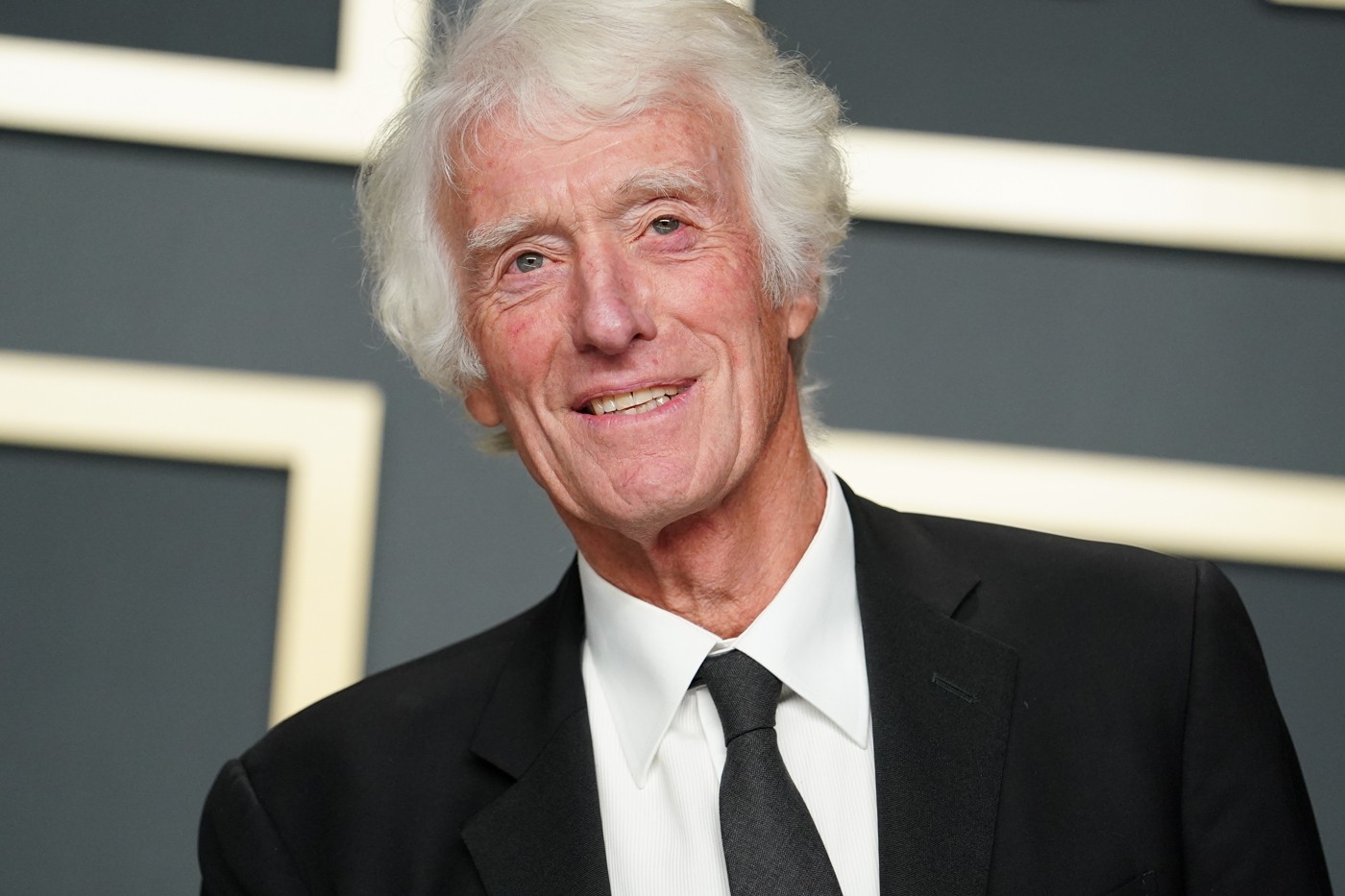

Most of it has concerned matching the effects work.įilmmaker: O Brother, Where Art Thou? (2000) is considered the first feature to have an entirely digital DI. You just tweak things a bit so that everything matches. A lot of it has been helping to work on finessing some of the effects shots.įilmmaker: What types of tweaks are you making? You’re famously an advocate of getting as close as you can to your desired look on set.ĭeakins: I haven’t changed anything drastically from the dailies.

It’s been going on the last couple of months, but it’s not all been doing the DI. I’m guessing Blade Runner was a bit more involved.ĭeakins: We’ve been working on it for quite a while. So, a lot of it is suppressing highlights and actually putting less information in shadows when you don’t really want (to see) in there.įilmmaker: The DI on Sicario was extremely short - something like seven or eight days. For example, there was a scene with somebody standing against a window, and you couldn’t see the person’s face because the highlights outside were so bright. The last time I did one, I felt like I had to suppress a lot of the contrast because sometimes the highlights were so bright you couldn’t actually see things. I’ve done (HDR versions for Blu-ray releases). It’s a bit of a pain, actually.įilmmaker: Is this the first feature of yours that has required an HDR theatrical version?ĭeakins: I think so. We’re doing an IMAX version, a 3-D version and an HDR version. While finishing up postproduction on the highly anticipated sequel, Deakins told Filmmaker horror stories from the fledgling days of digital intermediates and why he prefers Soylent Green to Star Wars.įilmmaker: Where are you right now in terms of finishing up work on Blade Runner 2049?ĭeakins: We finished the digital intermediate (DI) last week, but we still have a couple of other versions to do. The film, which reunites Deakins with Prisoners and Sicario director Villeneuve, opens wide on October 6. Set 30 years after Harrison Ford first hunted replicants in a neon noir dystopia, the belated sequel Blade Runner 2049 finds a Los Angeles cop (Ryan Gosling) on the trail of Ford’s long-missing Rick Deckard. The British-born Deakins may someday get back to those roots, but his latest is anything but a stripped-down kitchen sink drama. I would’ve loved to have done Ken Loach’s films or movies for Alan Clarke or Peter Watkins. “What I really like doing is small personal dramas,” said Deakins with a laugh. So, is there anything remaining on Deakins’s cinematic bucket list? He’s forged rewarding collaborations with the Coen Brothers, Sam Mendes and Denis Villeneuve and worked with Scorsese and Sayles. He’s dabbled in gorgeous black and white and lensed a Bond film.

He’s shot science fiction, war movies, biopics and westerns. There isn’t much left that legendary cinematographer Roger Deakins hasn’t done behind a camera. In Cinematographers, Features, Interviews, Issuesīlade Runner 2049, Fall 2017, Roger Deakins


 0 kommentar(er)
0 kommentar(er)
